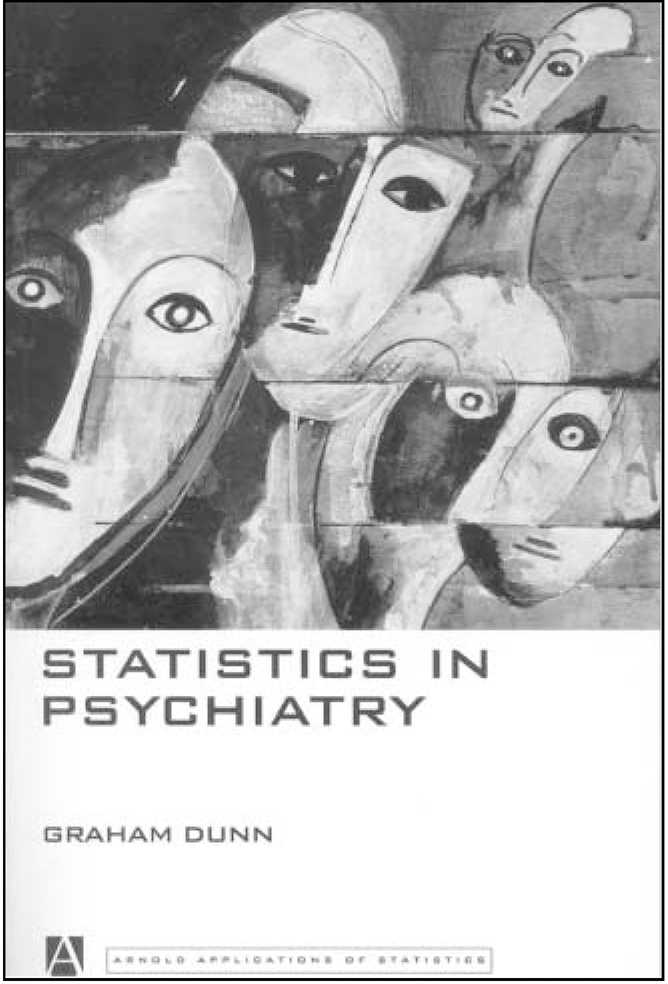Lazy travellers may choose a package tour when planning their holiday. The adventurous backpacker prefers to explore the destination in depth, has plenty of time and seeks an understanding of the foreign cultures. A third category compromises ambitious travellers with less time, who concentrate on a few highlights, but do not want to be spoon-fed their holiday. Graham Dunn's book fits into this third category.

This book is not a package tour for the traveller visiting psychiatric statistics for the first time, and it requires a certain preexisting knowledge of the subject. Nor will it invite the backpacker to extensive explorations. For those of us who fall into the third category, with a desire to travel a little way off the beaten track, it is a good book. It is certainly useful for researchers who need inspiration with data analysis, or who wish to explore some of the byways and nuances of the world of data analysis. All the statistical methods presented are explained by using enlightening examples, the majority of which refer to studies in depression.
Dunn covers measurement error comprehensively. This is a frequently under-appreciated factor that might affect a considerable portion of studies. In the chapter on instrument reliability, Dunn mentions κ for categorical data and then describes a graphical method to show test-retest reliability in a better way than using ordinary scatter plots for continuous data. After this he proceeds to more complicated methods such as analysis of variance and multilevel modelling to account for missing data.
The chapter on instrument validity describes the concepts of sensitivity and specificity and their visualisation in receiver operating characteristic curves. Dunn reports how screening instruments can be assessed when not all subjects who underwent the initial screening are available for validation against a gold standard. Afterwards he moves on to the tricky problem of how to define caseness if you have several diagnostic instruments, but no gold standard.
On the subject of prevalence estimation, Dunn outlines how to proceed in the following situations: (a) determining prevalence when stratified sampling was used; (b) establishing prevalence on the basis of two-phase sampling (first, using a screening instrument and then confirming diagnosis by a gold standard); (c) using a combination of (a) and (b), which is stratification in two-phase sampling. For the latter, weighted logistic regression is recommended and the commands for the Stata software package are given.
The most difficult parts of the book might be the ones of greatest interest, since they address problems that researchers in psychiatry often face: reliability of instruments with quantitative scales, measurement of latent classes, measurement of change and management of missing data. The standard of the book is high and someone who prefers sunbathing on Mallorca might find climbing these summits too exhausting.



eLetters
No eLetters have been published for this article.